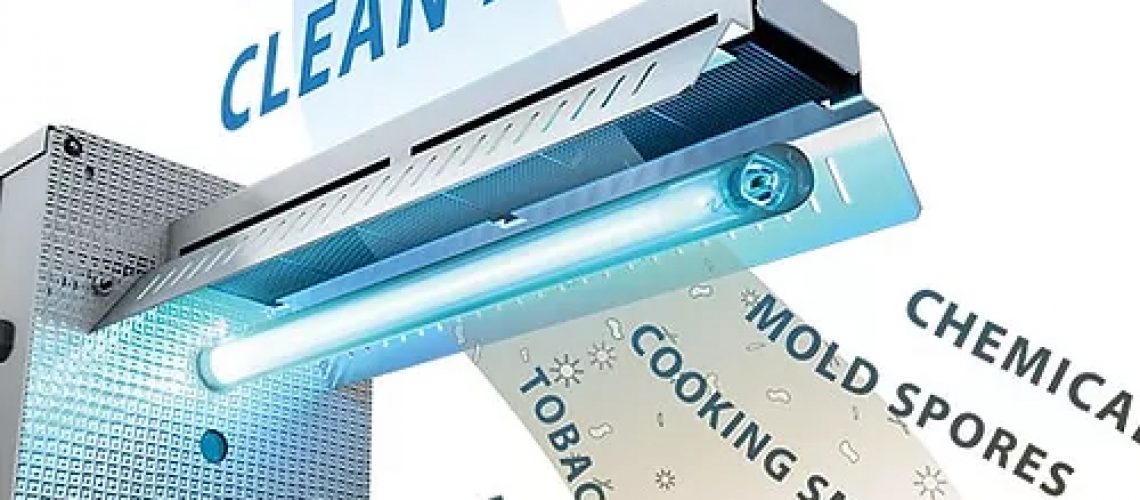Have you ever heard of UV light? Does it ring a bell? Well, UV light acts as a catalyst for airborne microbes. Bacteria, virus, and other biological pollutants in the air that get exposed to UV light gets destroyed. UV light is the short term for Ultraviolet light. And it also has a lot to do with sunburns and summer tans.
Caution needs to be taken because when living tissues are too exposed to UV radiation, it causes damage. Hence read on to be aware of what you need to know about UV light.
All You Should Know About Ultraviolet Light
The sun produces electromagnetic radiation, and it is transmitted in particles or waves at different wavelengths & frequencies. The wavelength range is known as the electromagnetic (EM) spectrum. It is seven regions that scope will be divided to generally give way for decreasing wavelength and increasing frequency and energy.
The EM spectrum is the place. Ultraviolet light shines between visible light and X-rays. UV is divided into three sub hands. Which are:
- UVA, or near UV (315–400 nm)
- UVB, or middle UV (280–315 nm)
- UVC, or far UV (180–280 nm)
UV Effects:
The natural UV light that people encounter comes from the sun. But do you know that UV is only 10% Of sunlight? It is delightful to know that one-third of the UV penetrates the atmosphere to reach the ground. The solar UV energy that goes to the equator only 95 percent is UVA while just 5 percent is UVB.
Any measurable UVC does not reach the Earth surface from solar radiation. The ozone, molecular oxygen, and water vapour in the atmosphere that is upper, which absorbs the shortest UV wavelengths. The most potent and most damaging to living things is broad-spectrum ultraviolet radiation {UVA.
- Sunburn
Suntan refers to a reaction to exposure to harmful UVB rays. Suntan takes effect when our body tries to a natural defense mechanism to get into the body. It is categorized as a pigment called melanin produced by melanocytes, known as a cell in the skin. The absorption of UV light occurs through melanin, which later results in heat.
The body sometimes experiences damage from the sun; it sends melanin into the surrounding cell and tries to protect the body from getting more injuries. The skin becomes dark because of the pigment.
The DNA and the cell sometimes mutate by the sun’s rays from the sun e which turns into problem cells that don’t die, but it keeps on increasing into cancers. Incidental damage occurs in the DNA through UV light. The DNA can repair the process because cells are made not to die.
The most common cancer that is known in the USA is skin cancer. The people that repeatedly get sunburn are the ones that are highly at risk of getting skin cancer. Skin cancer foundation says that melanoma is the deadliest form of skin cancer which doubles for anyone who has sunburns up to five or more times.
Treatment of Cancer:
Although skin cancer is caused by being exposed to UV light, there are other skin conditions that UV light can treat. For example, Cancer Research from the UK shows a method called psoralen ultraviolet light treatment (PUVA); when a patient uses a drug or a lotion to apply to the affected part, it makes their skin to be sensitive to light.
They use UV light to shine in the skin, which aids in treating the ailment. Eczema, psoriasis, vitiligo, and lymphoma are treated using PUVA.
CONCLUSION As discussed, UV light causes damage, but still, it is helpful. You may find it hard to believe or counterintuitive for treating skin cancer with the exact cause. But PUVA has been effective because of the effect of UV light on the production of skin cells. The way it works is impressive because it slows down the growth that majorly causes the development of the disease.

